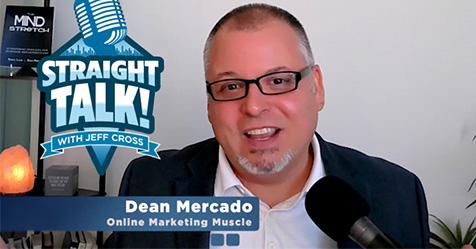ROI is also known as the payback period and is often expressed in a period of time, such as weeks, months or years. The calculation is based on how long it will take to earn back — in the savings generated — the cost of the investment required to purchase a piece of equipment. Normally, a payback period of one to three years is considered acceptable and a good investment, as this would leave two additional years of expected useful life for most pieces of equipment.
Labor Savings
Labor in most cleaning operations will account for at least 55 percent, and in some facilities, as much as 85 percent of cleaning costs. When it comes to calculating the savings possible from purchasing or upgrading a piece of equipment, look at your labor costs closely. Cost savings is what will get management’s attention and be a major factor in justifying the benefits of your purchase request. Other savings and benefits are certainly worth looking at, but the dollar amount saved will be small in comparison to the labor cost savings possible from the use of more productive equipment.
To calculate the hours saved per day, week, month or year, calculate the hours now spent performing the tasks at hand and separately do the same for the estimated hours that would be spent doing the same tasks with the equipment you plan to purchase. To do this, you will need to come up with an hourly production rate for existing machinery as well as the equipment you plan to purchase.
A manufacturer or distributor can provide you with an hourly square foot production rate for the equipment you plan to purchase. To be safe, I’d figure the estimated production rate at 65 percent of whatever hourly production rate the manufacturer or distributor provides you with as that is probably closer to what you’ll actually get versus published marketing numbers found in promotional literature.
It’s a good idea to ask the manufacturer what the basis of their marketing production rates are. Did they use ISSA standard times or come up with their own, and if they are not ISSA times, why not? It’s also good to know how much time, if any, was included in the estimates for set up, dump and refilling the equipment each shift.
To get real-life, accurate time estimates, run a test with your people in your facility for one or two shifts and use those numbers to calculate a realistic hourly production rate for your facility and the equipment currently in use. Multiply the annual hours saved by the burdened hour rate, which includes all benefit and tax costs, for applicable staff involved in using the floor care equipment or performing floor care presently.
To keep things simple, the best way to calculate labor cost savings is to calculate the total hours saved each day and multiply the hours saved by the number of days worked per month — the average is 21 — to come up with the total hours saved each month. Then, multiply the number of hours saved each month by 12 — the number of months per year — to get an annual number of hours saved.
The savings in hours or minutes per day is the difference between the hours you are spending now per day doing the work versus the number of hours you would spend doing the work at the production rate of the machine that you plan to purchase. To make this calculation, you will need to know the number of square feet your staff is cleaning now with whatever method(s) you are using. You should be able to come up with these numbers from a blueprint or by actually measuring the areas currently being cleaned.
Once you know the value of the labor you’re now using and the cost of the labor you would be using with a new piece of equipment, the difference between the two numbers is the cost savings you can expect. Other increased or decreased costs you need to calculate into the final figure are machine purchase price, repairs, chemicals and any other costs that would be incurred as a result of the change to the new machine.
If you don’t have an exact number, add 5 percent of the labor cost to the calculation for each year and you should be fairly close.
Dump And Refill Savings
Don’t overlook the time spent returning to and from refill stations, as well as the time spent filling and dumping solution and recovery tanks each shift. This may seem like a small matter, however, transport, dump and refill times of half an hour to an hour per refill cycle are common, depending on location and tank size. If this time can be reduced substantially, your production rate will increase and your costs will decrease. An increase in production of up to 30 percent or more may be possible in this area alone.
Moreover, utilizing equipment and processes that reduce cleaning frequencies and drying times allows for efficient and economical labor allocation. As an example, when a low-moisture process is used for interim carpet cleaning, the work can be scheduled for the day shift and immediately prior to use, thus avoiding overtime on weekends or evening shift differential. This may be a small cost compared to loss of income from a room that is out of service in a hotel, hospital or other facility.
Chemical Savings
Companies with new technology, such as electrolyzed water, foam or super concentrate dilution systems that eliminate or greatly reduce the need for or use of detergents, are claiming a 30 to 100 percent reduction in chemical costs. If you have difficulty coming up with actual chemical cost numbers, use 2 percent of the annual labor cost and you’ll be relatively close.
Technology Equals Productivity And Reduced Costs
Due to the fast pace of technological advancement, even though a piece of equipment may not have reached the end of its actual useful life, it may be advantageous to trade in or surplus the equipment and upgrade to a new model that provides additional benefits and is more productive and cost effective. Many pieces of equipment will last much longer than three to five years, and the older the piece of equipment, the higher the expected maintenance cost to keep it running efficiently. Investments in technological advances should be given serious consideration due to the potential cost savings and quality enhancements.



